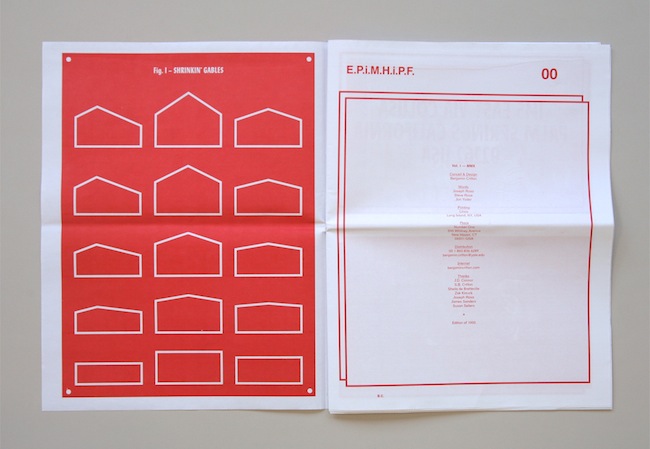Patterns are present in every facet of our daily life, tangible ones and abstract. Patterns can be chaotic or reassuring - a hectic psychedelic kaftan or the simple routine of repeated motions. I have always held an interest in patterns - how can one not when the are the very building blocks of our lives so to speak. Patterns are like clues - to a life/style, in a detective story. One is always looking out for patterns in a hope of building up the larger picture.
I have long thought about creating patterns myself, patterns that can be multiplied and replicated and printed on material, a thought that has wandered in and out of my consciousness intermittently throughout my teenage and adult years, and something I have tried to integrate into my art practice both conceptually and in more literal forms.
Above is a sculpture I made as part of my graduating installation at Elam. Apart from the sculpture papier machéd in fake marbled Formica, on the floor lies a piece of paper - a pattern I made stamping a letter W across the page, first right way up, then the wrong, creating a sort of diamond/chicken wire pattern, though one that was shaky, riddled with errors, obviously executed by hand. The result (virtually indistinguishable in the poor photo above) was a little similar to Latvian artist Viktor Timofeev's 'WWW', which I stumbled upon by chance on the website PATTERNITY.
It was from seeing the designs of Sonia Delaunay as part of an exhibition at Louisiana about Avant-gard in the early Twentieth Century. The designs we simple and intriguing, her involvement with the Orphism movement clearly influencing her use of colour and circular motifs, as well as using rectangles, forming patterns like parquet floors. And while seeing these patterns manifest themselves as clothing and fabric was beautiful, I was drawn to her original drawing and sketches, watercolour and gauche on paper, the illustration of the first hint of the idea. It all seemed so casually executed, yet with great finesse.
"I have done fifty designs, relationships of colour using pure geometrical forms with rhythm. They were, and remain, colour scales - really a purified version of our concept of painting. (...) The rhythm is based on numbers, for colour can be measured by the number of vibrations. This is a completely new concept, one which opens infinite horizons for painting and may be used by everyone who can feel and understand it."
- Sonia Delaunay
In a time where I feel I am surrounded by art that is grandiose and powerful, large-scaled, minimalist and monochromatic and technical, it is a wonderful feeling when such small, old, basic illustrations of ideas can capture so much of my imagination. And with the hectic pace of the fashion world, and the types of prints fabric and textile designers are creating: digital, luridly coloured, computer generated, to look back on the prints of Delaunay is not such a bad idea.
And maybe this will be something I will continue with, interesting fabric patterns for and from everyday life. My first one (apart from the W netting) is a pattern of boots and noses.







